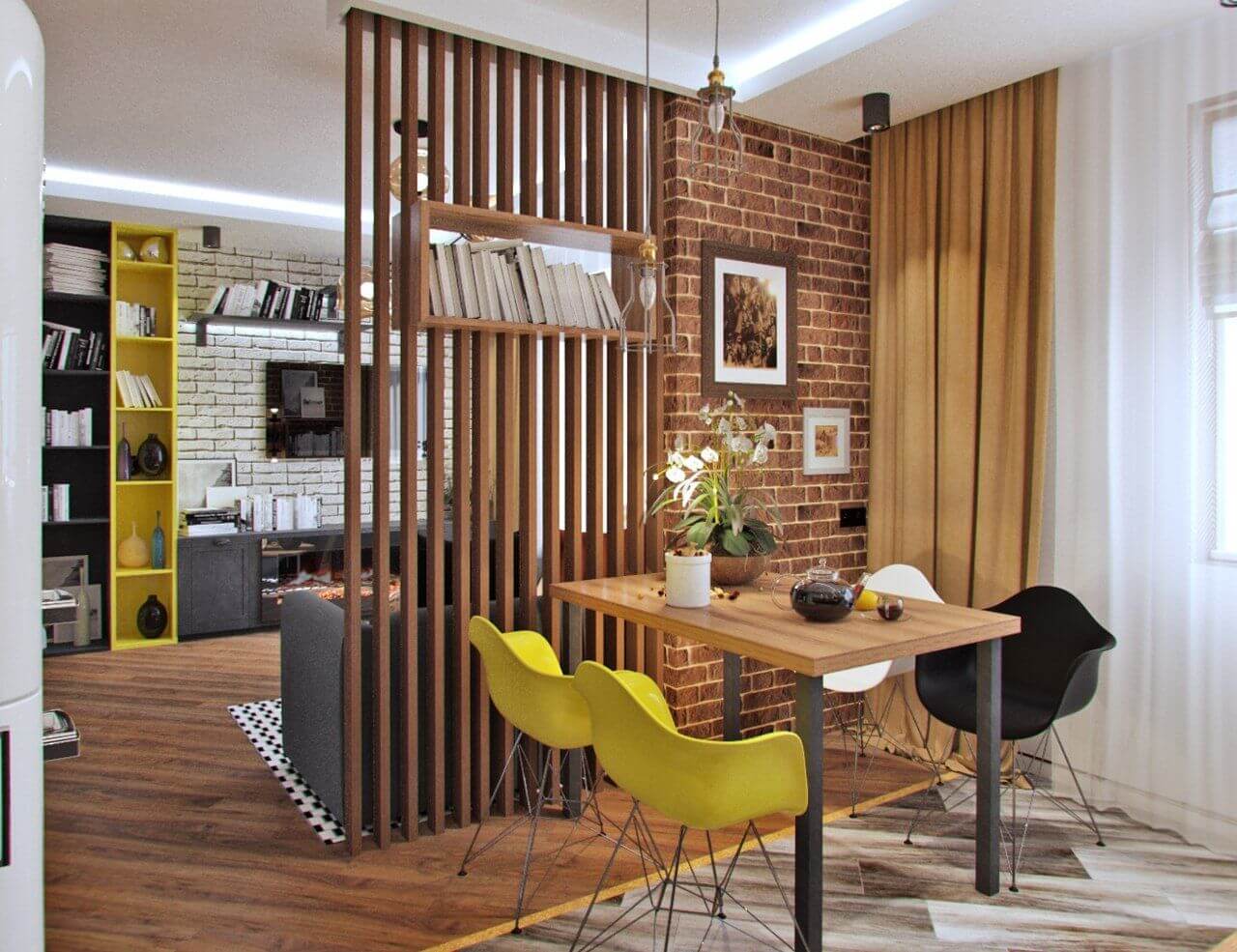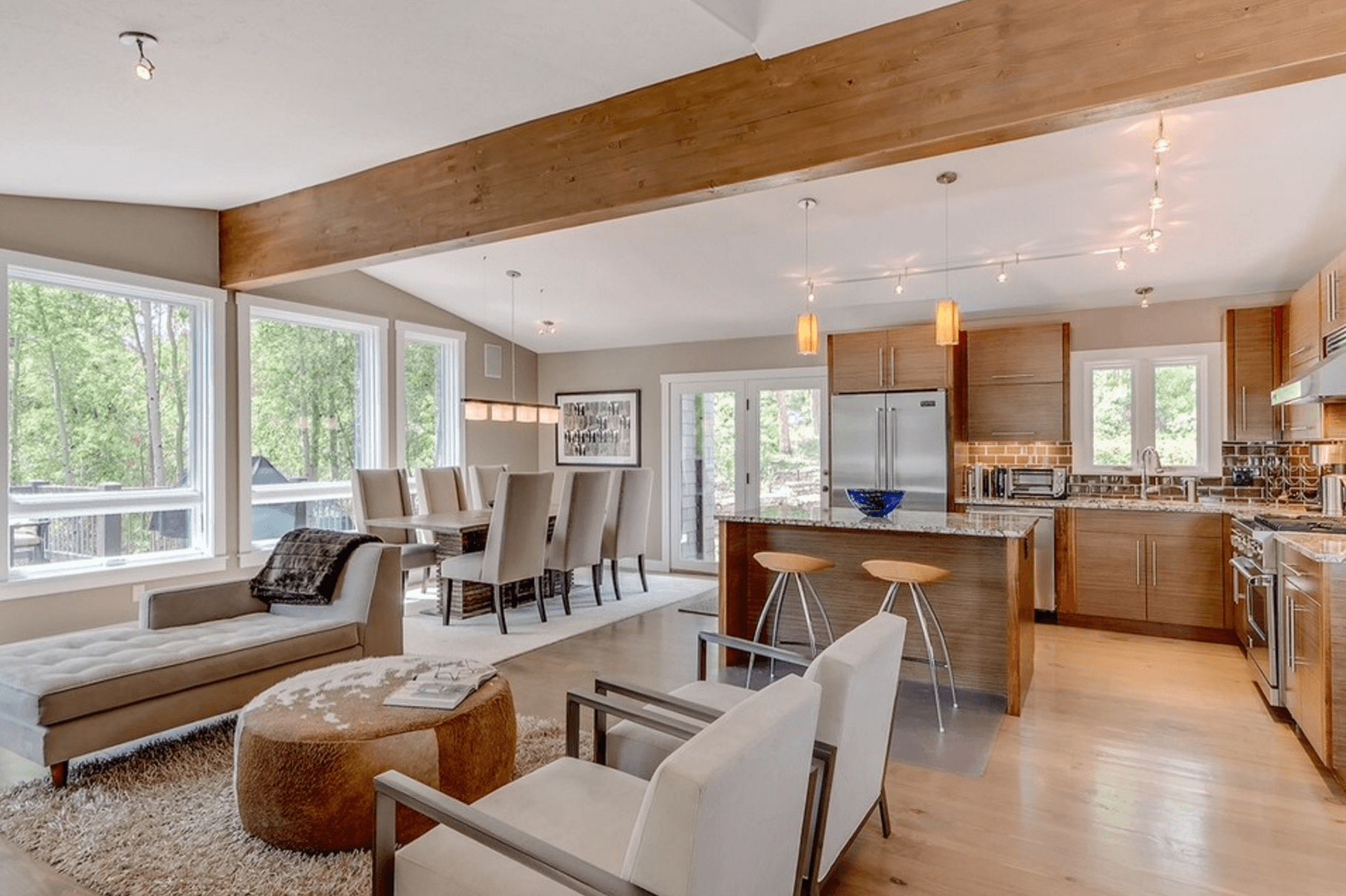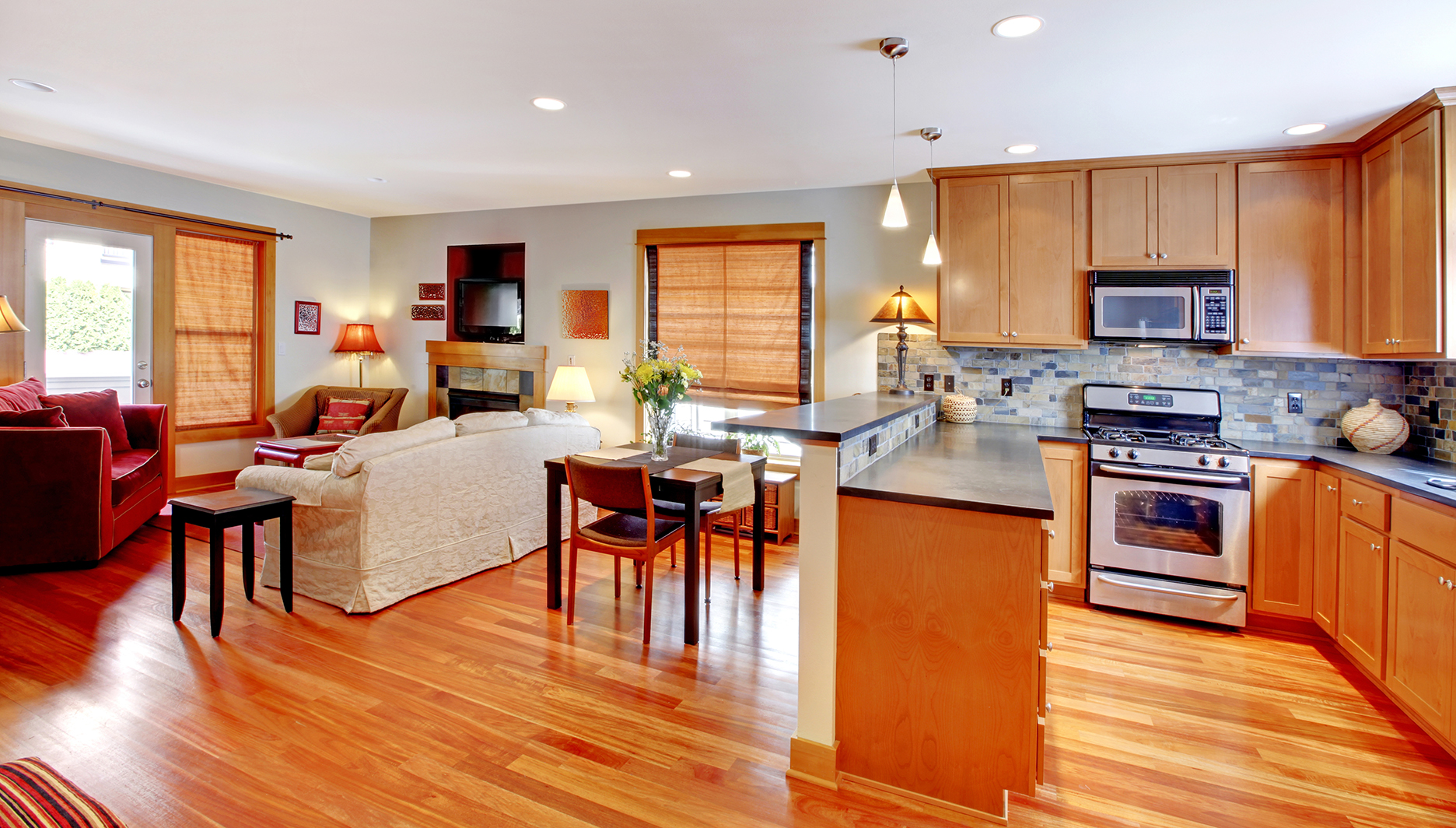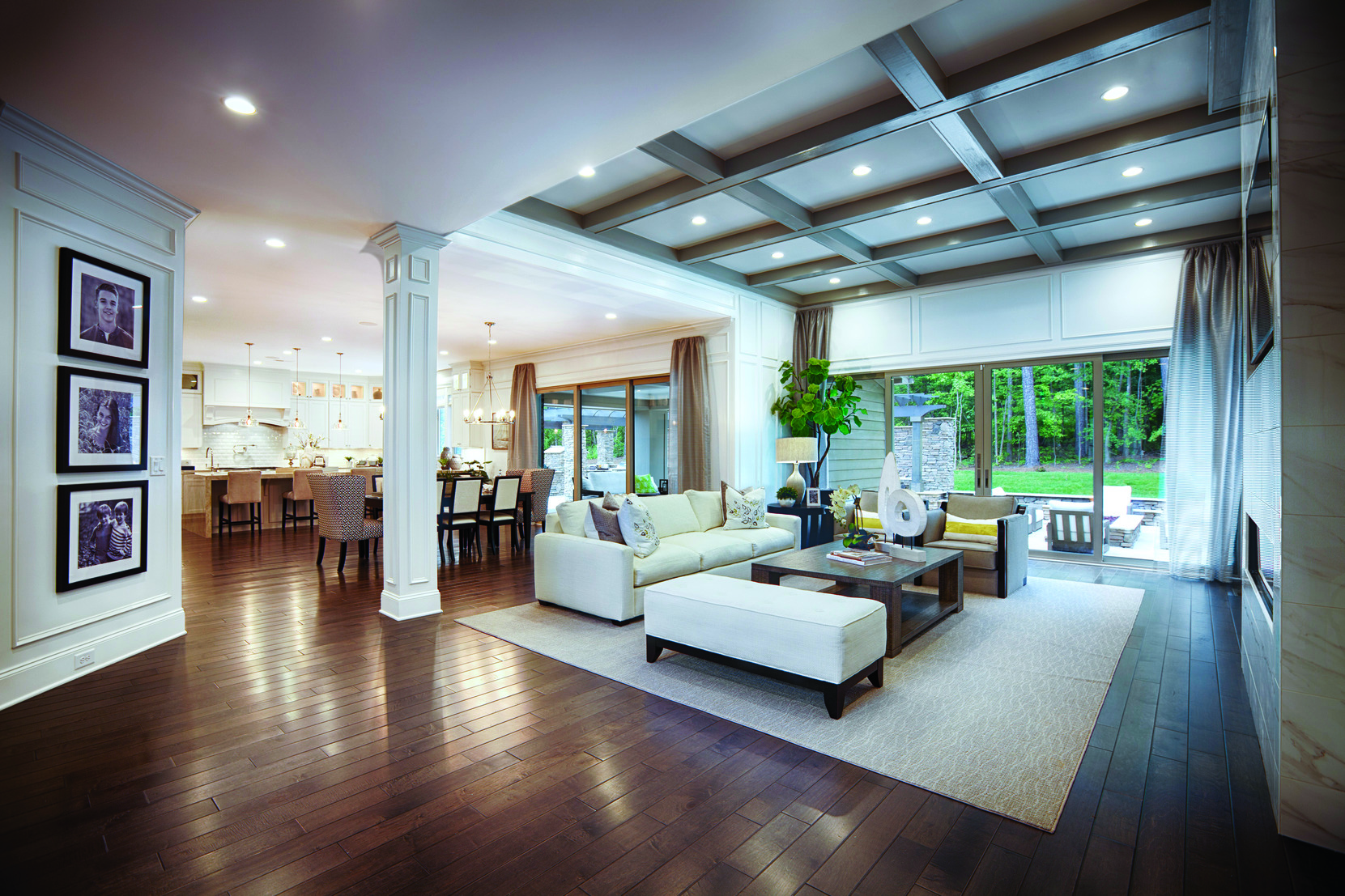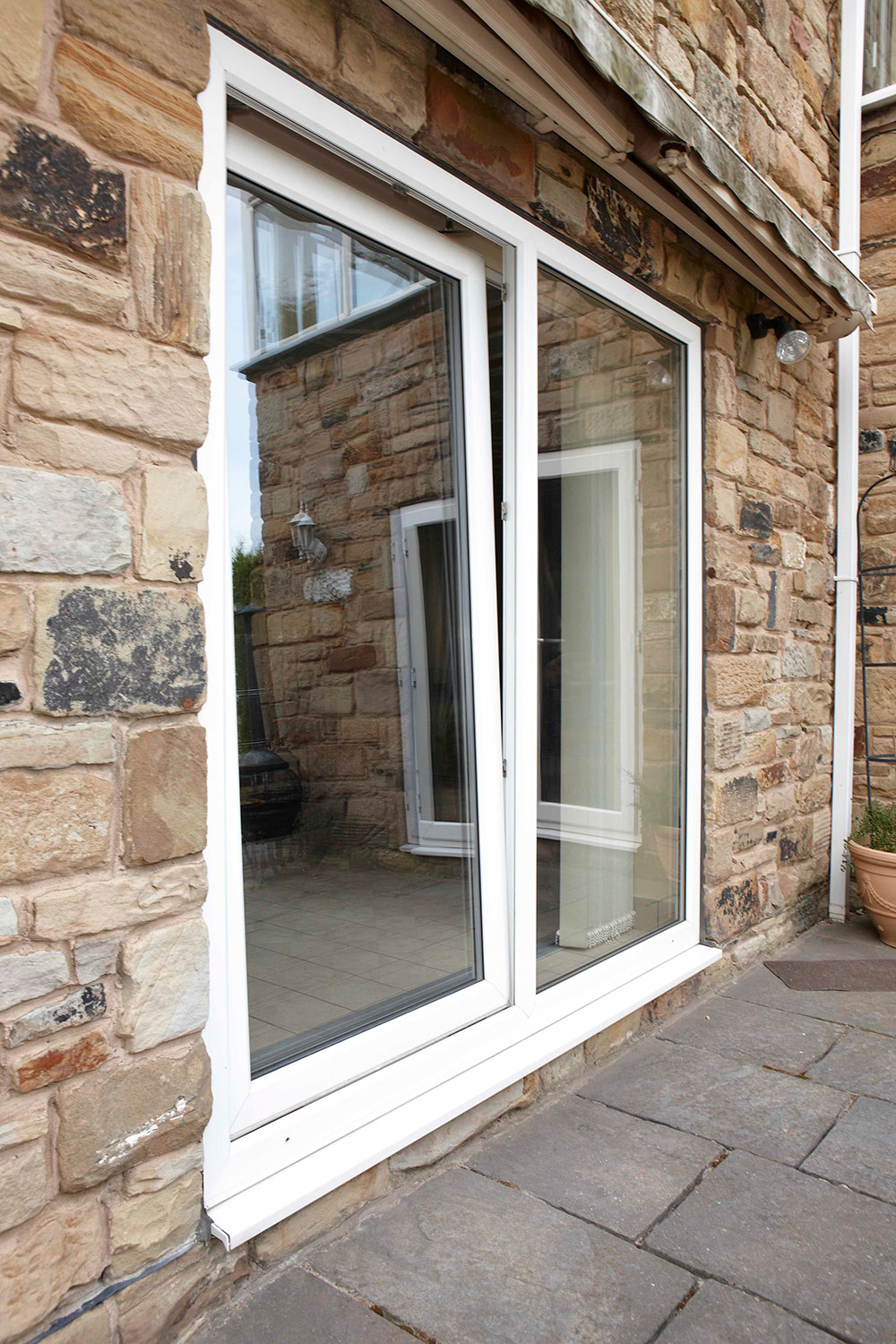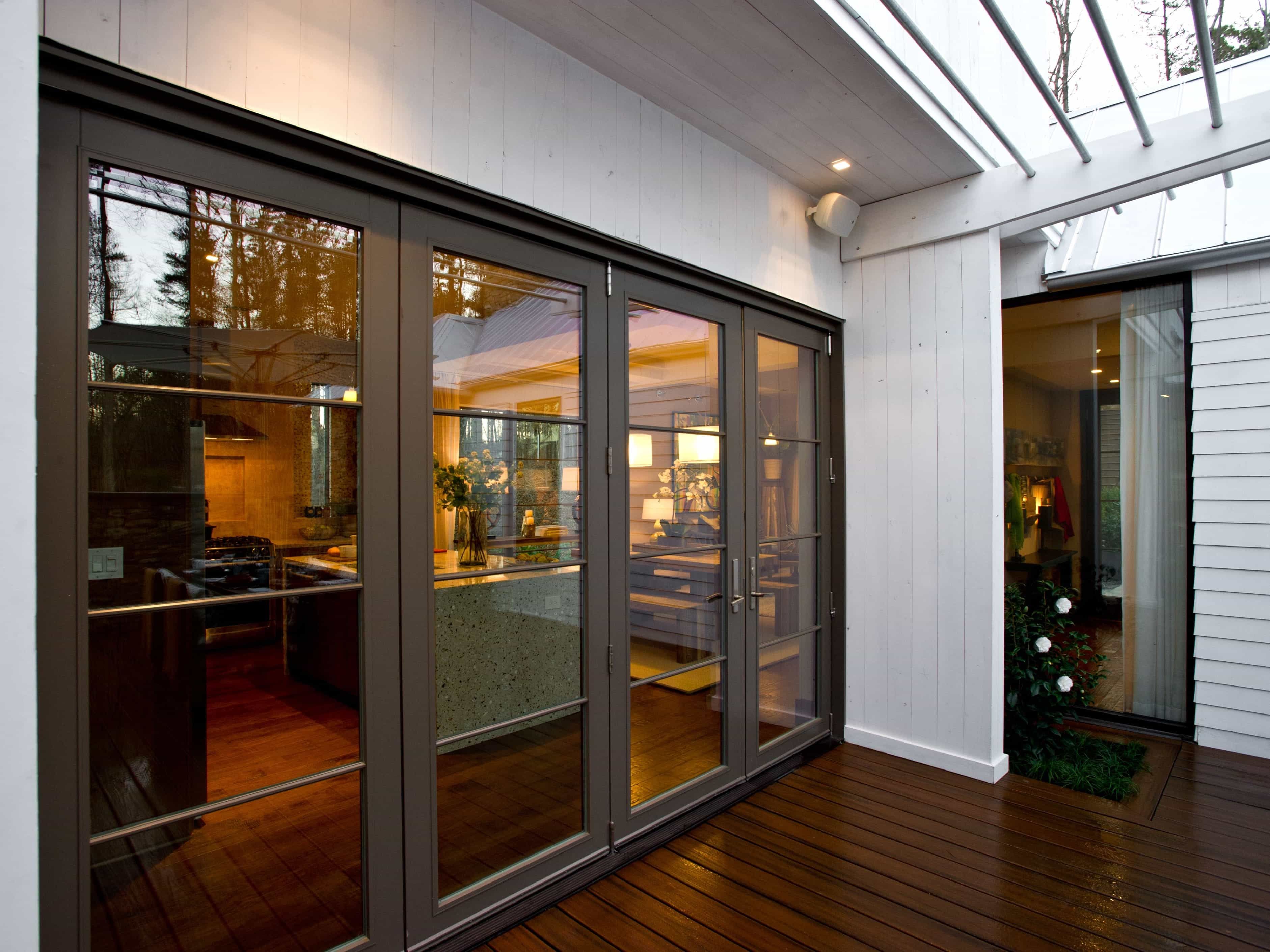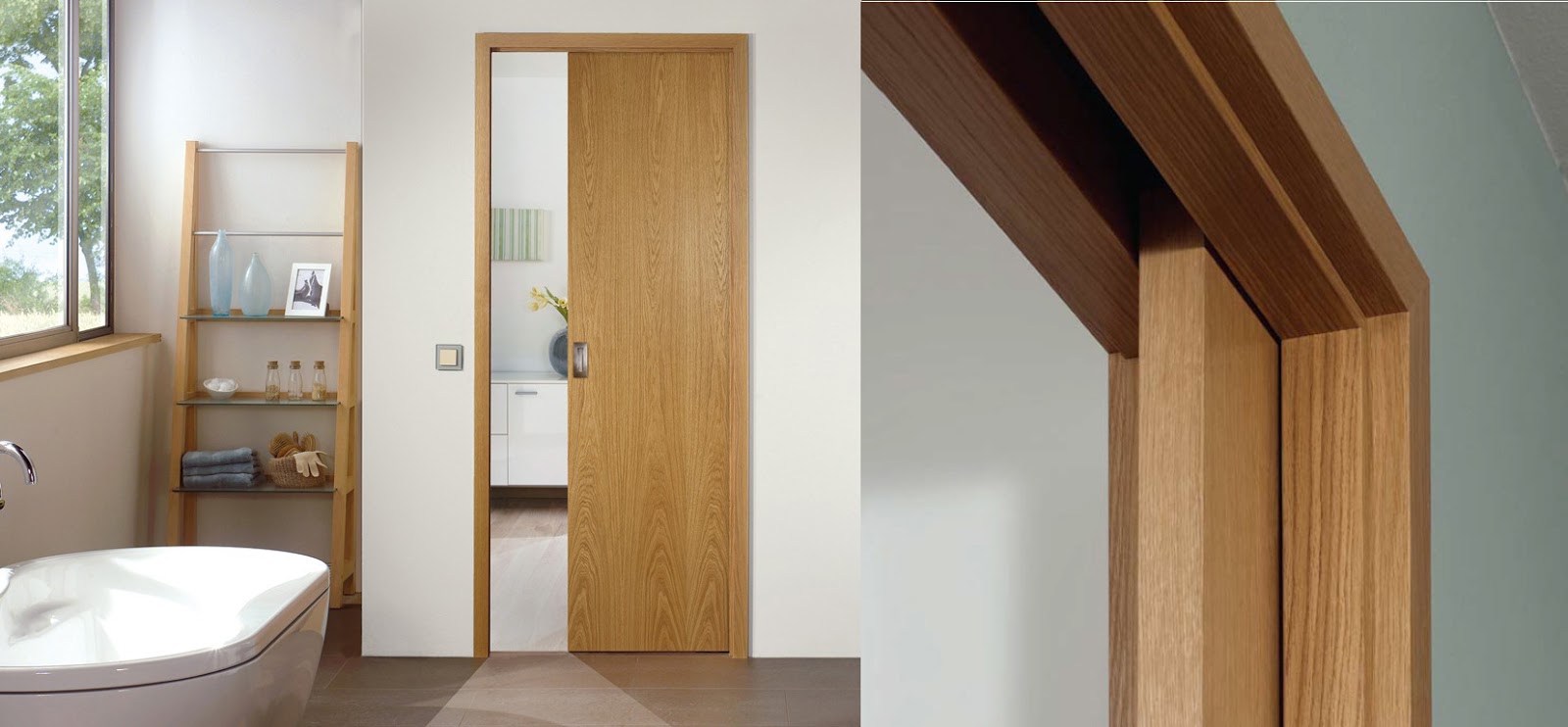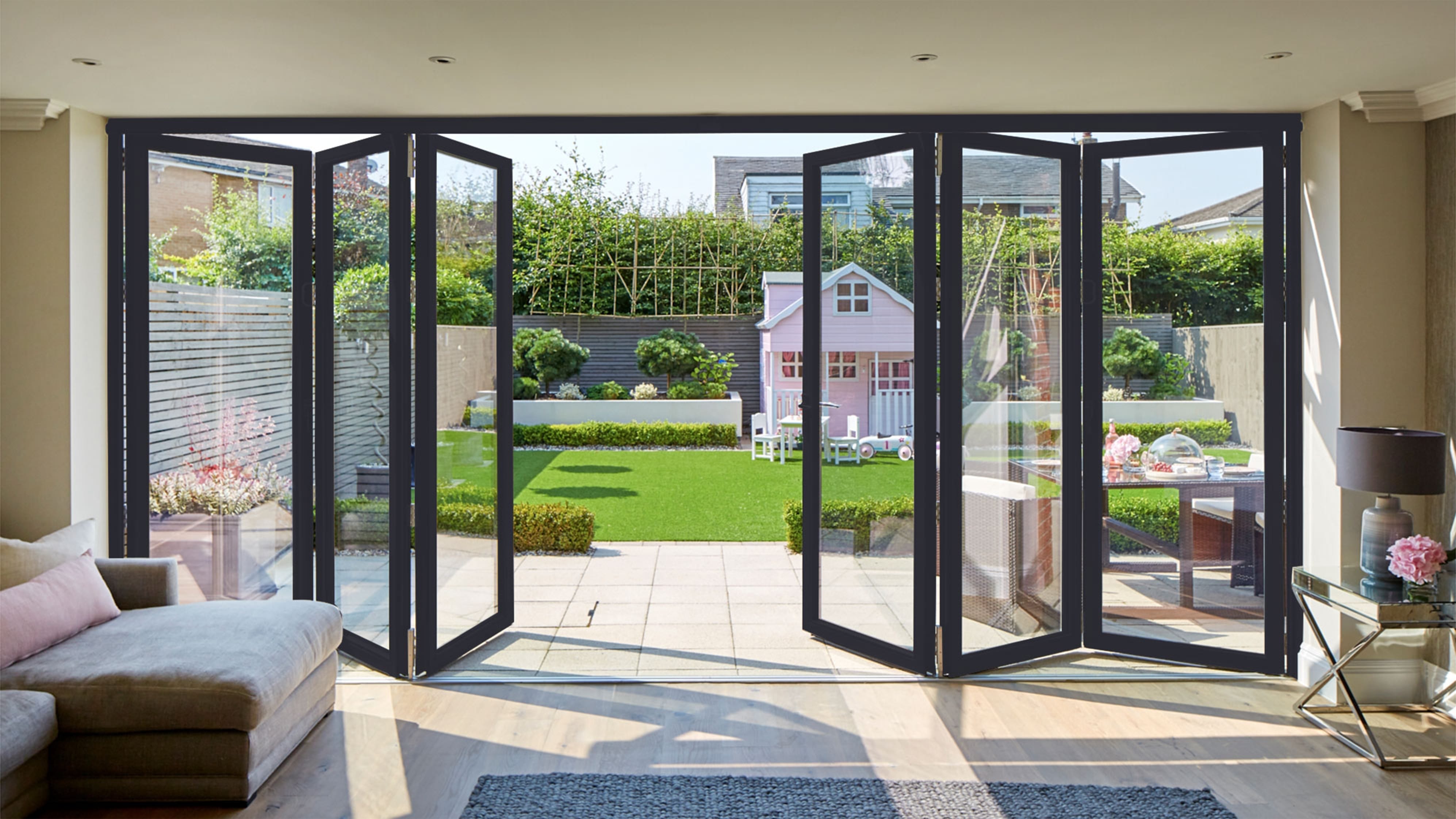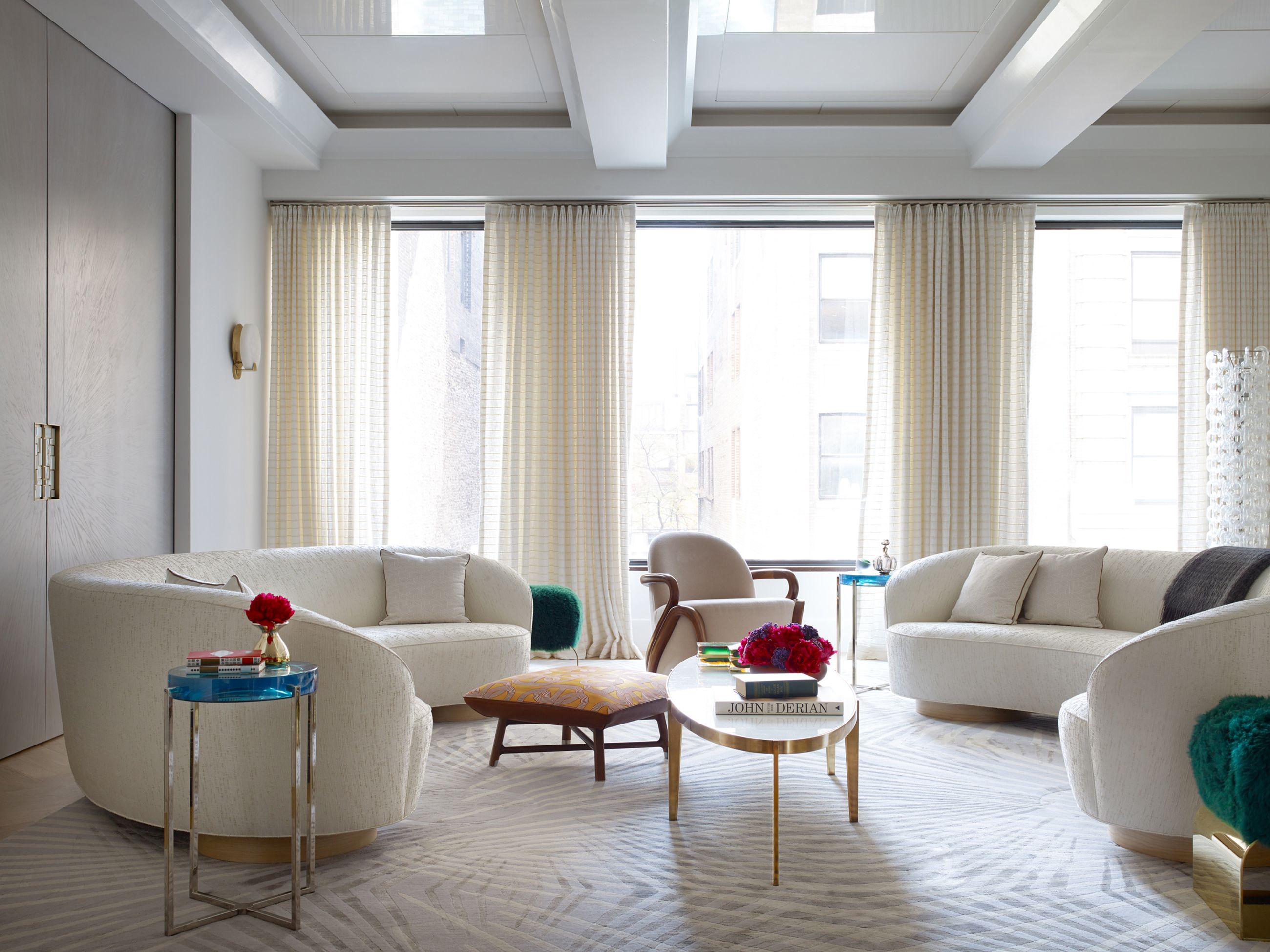One way to separate your living room and dining room is by using room dividers. These can come in various styles and designs, such as folding screens, hanging panels, or bookshelf dividers. Not only do they provide physical separation, but they also add a decorative element to your space. Look for room dividers that complement the overall design of your home and create a seamless transition between the two rooms.Room Dividers
If you prefer a more open and spacious feel, consider an open floor plan for your living room and dining room. This design trend has become increasingly popular in recent years, as it allows for a seamless flow between the two spaces. By removing any walls or barriers, you can create a cohesive and inviting atmosphere in your home. A well-designed open floor plan can also make your living room and dining room look larger and brighter.Open Floor Plan
Another option for separating your living room and dining room is by adding a partition wall. This can be a great solution for those who want some level of privacy but still want to maintain an open feel in their home. A partition wall can be made from different materials, such as wood, glass, or metal, and can be customized to fit your specific design style. It can also serve as a focal point in your space, adding visual interest and character.Partition Wall
If you have a larger living room and dining room, you can consider installing sliding doors to separate the two areas. This option provides the flexibility of being able to open up the space or close it off whenever needed. Sliding doors also come in various styles, from traditional to modern, so you can choose one that complements your home's overall aesthetic. With the added benefit of natural light, sliding doors can make your living room and dining room feel brighter and more spacious.Sliding Doors
A half wall, also known as a pony wall, is a low wall that can be used to divide your living room and dining room. This option provides a subtle separation between the two spaces while still allowing for an open feel. You can customize the height of the half wall to your preference, and you can even add shelves or storage on top of it. This is a great option for those who want a defined separation but still want to maintain a sense of connection between the two areas.Half Wall
For a more elegant and traditional look, consider installing French doors to divide your living room and dining room. These doors are typically made of glass, allowing for natural light to flow between the two spaces. They can also add a touch of sophistication to your home and serve as a focal point in your living room or dining room. French doors are available in different styles and materials, so you can choose one that best fits your home's design style.French Doors
If you have a smaller space, pocket doors can be a great option for separating your living room and dining room. These doors slide into the wall, saving you valuable floor space and providing a seamless transition between the two areas. Pocket doors can be customized to match the style of your home, and they are available in various sizes to fit your specific needs. With their discreet design, pocket doors can give the illusion of a larger living room and dining room.Pocket Doors
Similar to sliding doors, bi-fold doors can also be used to separate your living room and dining room. These doors consist of multiple panels that fold in on themselves, providing a wider opening than traditional doors. This option is great for those who want the flexibility of opening up the space or closing it off whenever needed. Bi-fold doors come in various materials and styles, allowing you to choose one that suits your home's design aesthetic.Bi-Fold Doors
For a practical and stylish way to divide your living room and dining room, consider installing built-in bookshelves. These shelves can serve as a partition wall, providing a physical separation between the two spaces while also offering storage and display space. You can customize the design and style of the bookshelves to match the rest of your home and add a personal touch to your living room and dining room.Built-In Bookshelves
Lastly, curtains can be a simple and budget-friendly way to separate your living room and dining room. You can choose from a variety of fabrics, patterns, and colors to add a pop of color and texture to your space. Curtains can also provide a sense of privacy and create a cozy atmosphere in your living room and dining room. Consider using a curtain track or rod to easily open and close the curtains whenever needed.Curtains
Benefits of Separating Your Living Room and Dining Room

Maximizing Space and Functionality
 One of the main benefits of separating your living room and dining room is the ability to maximize the space and functionality of each room. By creating distinct areas for each space, you can fully utilize the square footage of your home. This is especially important for smaller homes or apartments where space is limited. With a separate living room and dining room, you can have a designated area for entertaining guests, while also having a comfortable and functional space for everyday living.
One of the main benefits of separating your living room and dining room is the ability to maximize the space and functionality of each room. By creating distinct areas for each space, you can fully utilize the square footage of your home. This is especially important for smaller homes or apartments where space is limited. With a separate living room and dining room, you can have a designated area for entertaining guests, while also having a comfortable and functional space for everyday living.
Creating a More Organized and Streamlined Design
 Another advantage of separating your living room and dining room is the opportunity to create a more organized and streamlined design. When the two areas are combined, it can sometimes feel cluttered and overwhelming. By separating them, you can create a clear distinction between the two spaces and avoid any visual chaos. This can also make it easier to decorate and furnish each room according to its intended purpose, resulting in a more cohesive and aesthetically pleasing design.
Another advantage of separating your living room and dining room is the opportunity to create a more organized and streamlined design. When the two areas are combined, it can sometimes feel cluttered and overwhelming. By separating them, you can create a clear distinction between the two spaces and avoid any visual chaos. This can also make it easier to decorate and furnish each room according to its intended purpose, resulting in a more cohesive and aesthetically pleasing design.
Enhancing Privacy and Acoustics
 Separating your living room and dining room can also provide added privacy and improved acoustics in your home. With separate spaces, you can have a designated area for activities such as watching TV or listening to music without disturbing others who may be in the dining room. This can be especially beneficial for families with children or for those who enjoy hosting gatherings with multiple activities happening at once. Additionally, separating the two rooms can help reduce noise transfer between them, creating a more peaceful and comfortable environment.
Separating your living room and dining room can also provide added privacy and improved acoustics in your home. With separate spaces, you can have a designated area for activities such as watching TV or listening to music without disturbing others who may be in the dining room. This can be especially beneficial for families with children or for those who enjoy hosting gatherings with multiple activities happening at once. Additionally, separating the two rooms can help reduce noise transfer between them, creating a more peaceful and comfortable environment.
Increasing Home Value
 Finally, separating your living room and dining room can potentially increase the value of your home. Many homebuyers prefer a home with separate living and dining areas, as it allows for more versatility and functionality. By creating separate rooms, you are essentially adding an extra room to your home, which can increase its overall value. This can be a worthwhile investment if you plan on selling your home in the future.
In conclusion, the benefits of separating your living room and dining room are numerous. From maximizing space and functionality, to creating a more organized and streamlined design, to enhancing privacy and acoustics, and potentially increasing your home's value, it is a design choice that can greatly improve the overall functionality and aesthetic appeal of your home. Consider implementing this separation in your own home for a more functional and stylish living space.
Finally, separating your living room and dining room can potentially increase the value of your home. Many homebuyers prefer a home with separate living and dining areas, as it allows for more versatility and functionality. By creating separate rooms, you are essentially adding an extra room to your home, which can increase its overall value. This can be a worthwhile investment if you plan on selling your home in the future.
In conclusion, the benefits of separating your living room and dining room are numerous. From maximizing space and functionality, to creating a more organized and streamlined design, to enhancing privacy and acoustics, and potentially increasing your home's value, it is a design choice that can greatly improve the overall functionality and aesthetic appeal of your home. Consider implementing this separation in your own home for a more functional and stylish living space.



